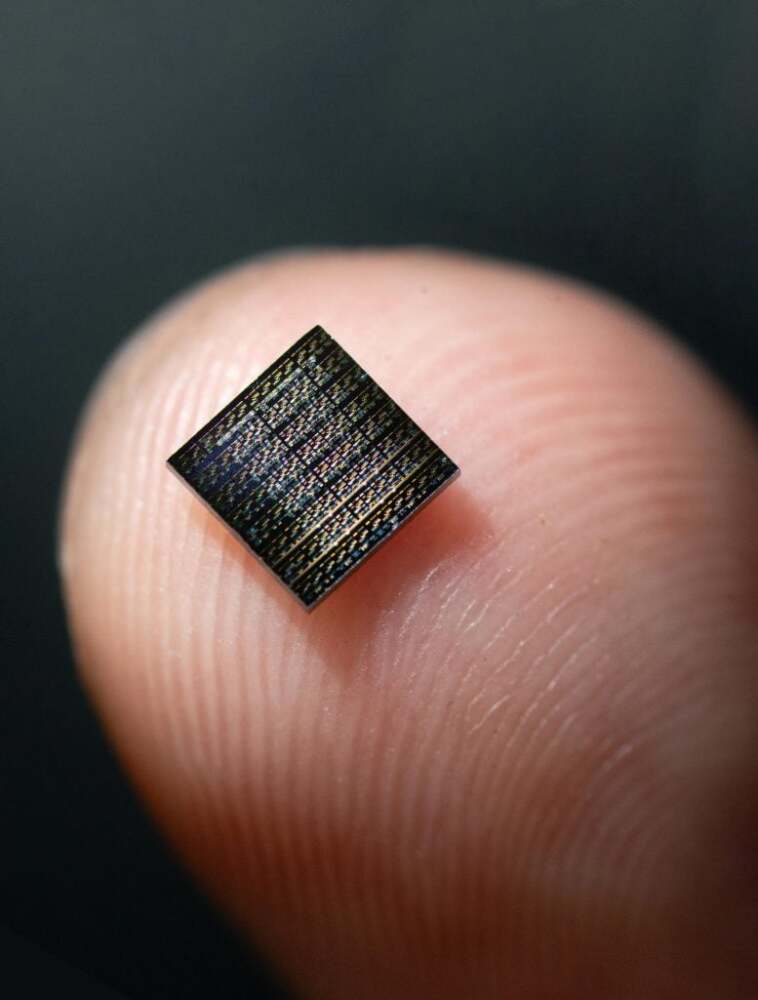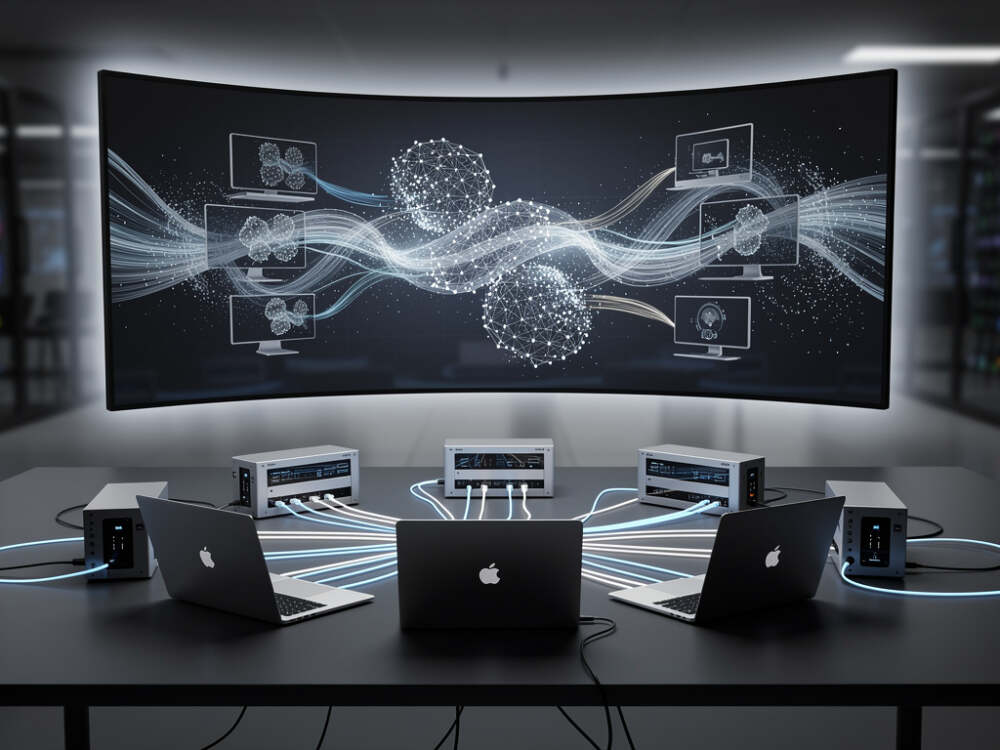In a groundbreaking leap for artificial intelligence and neuroscience, scientists have developed artificial neurons that physically replicate the way biological neurons function. Unlike traditional AI systems that only simulate the brain’s behavior through software, these new artificial neurons mimic the brain’s actual physical processes, including how signals are transmitted using ions rather than just electrons.
A New Era in Brain-Like Computing
The team behind the research has engineered what they call “diffusive memristor neurons.” These artificial cells replicate the dual electrical and chemical behavior of biological neurons. Each neuron is built using a combination of a memristor, a resistor, and a transistor — all configured in a structure small enough to fit millions onto a single chip.
What sets these neurons apart is their ability to transfer and process information through ion motion, just as the human brain does. This makes them fundamentally different from the transistors found in current computer chips, which only rely on electron movement.
Why This Discovery Matters
- Energy Efficiency:
The human brain is astonishingly efficient, using far less energy than any existing supercomputer. By mimicking the brain’s physical processes, these artificial neurons could drastically reduce the energy needed for AI computations. - Faster Learning:
Because these neurons behave more like their biological counterparts, future AI systems built on them could learn and adapt faster — potentially bringing machines closer to genuine intelligence rather than simple pattern recognition. - Compact Design:
Each artificial neuron is incredibly small — just a few micrometers across — meaning millions could fit on a single neuromorphic chip. This compactness opens the door to creating brain-scale hardware that fits in the palm of your hand. - Hardware Evolution:
This innovation could mark the beginning of a shift from software-driven AI to hardware-based intelligence, where the learning and memory processes occur directly within physical components.
Challenges Ahead
Despite the promise, the technology is still in its early stages. Scaling production, ensuring long-term reliability, and finding the right materials to maintain stability are major hurdles. The research team is exploring different ionic materials that could better replicate neuron behavior without degrading over time.
Moreover, adapting current AI algorithms to function effectively on this new type of hardware will require a major shift in how engineers and data scientists design learning systems.
Potential Applications
- Next-Generation AI Chips: Devices that learn and evolve in real time, without relying on cloud-based computation.
- Medical Technology: Brain-machine interfaces that interact seamlessly with living tissue.
- Robotics: Machines capable of responding intuitively to complex environments.
- Energy-Smart Systems: AI systems that operate on a fraction of the power used by today’s processors.
A Step Closer to True Artificial Intelligence
The creation of artificial neurons that physically replicate brain function represents one of the most promising paths toward human-like intelligence. By combining the adaptability of the mind with the precision of engineered systems, scientists are paving the way for a new generation of machines that think, react, and learn like never before.
While widespread implementation may still be years away, this innovation marks a turning point in the pursuit of truly brain-inspired computing — one that could reshape the foundations of AI and technology as we know it.
















Leave a Reply